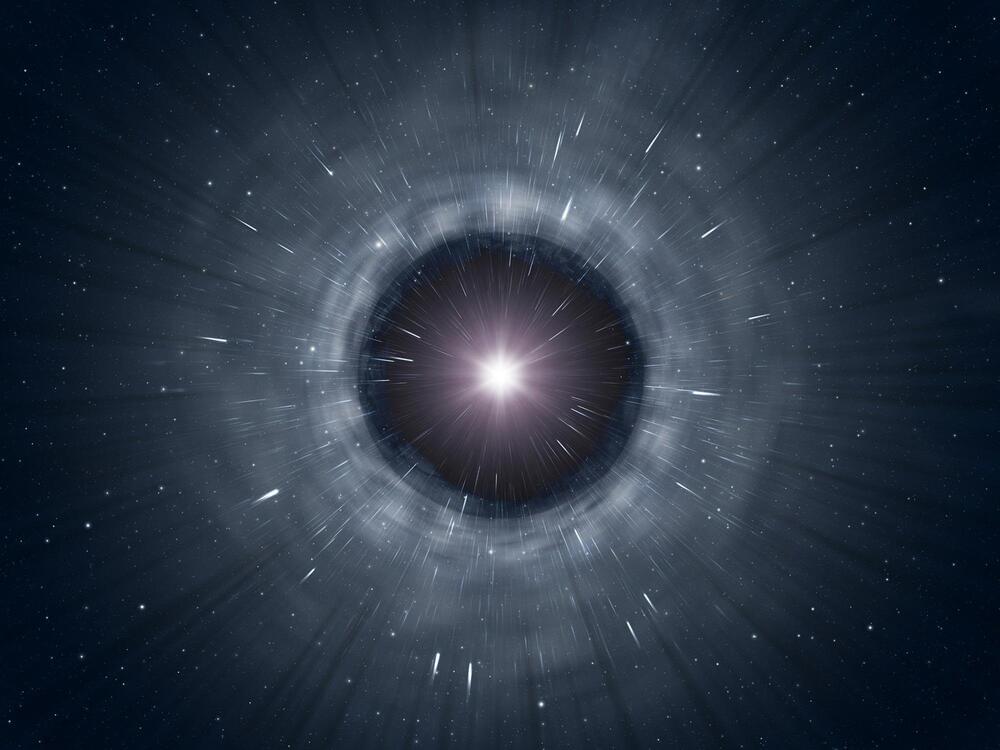Gravitational waves are cosmic ripples in the fabric of space and time that emanate from catastrophic events in space, like collisions of black holes and neutron stars — the collapsed cores of massive supergiant stars. Extremely sensitive gravitational-wave detectors on Earth, like the Advanced LIGO
The Laser Interferometer Gravitational-Wave Observatory (LIGO) is a large-scale physics experiment and observatory supported by the National Science Foundation and operated by Caltech and MIT. It’s designed to detect cosmic gravitational waves and to develop gravitational-wave observations as an astronomical tool. It’s multi-kilometer-scale gravitational wave detectors use laser interferometry to measure the minute ripples in space-time caused by passing gravitational waves. It consists of two widely separated interferometers within the United States—one in Hanford, Washington and the other in Livingston, Louisiana.
